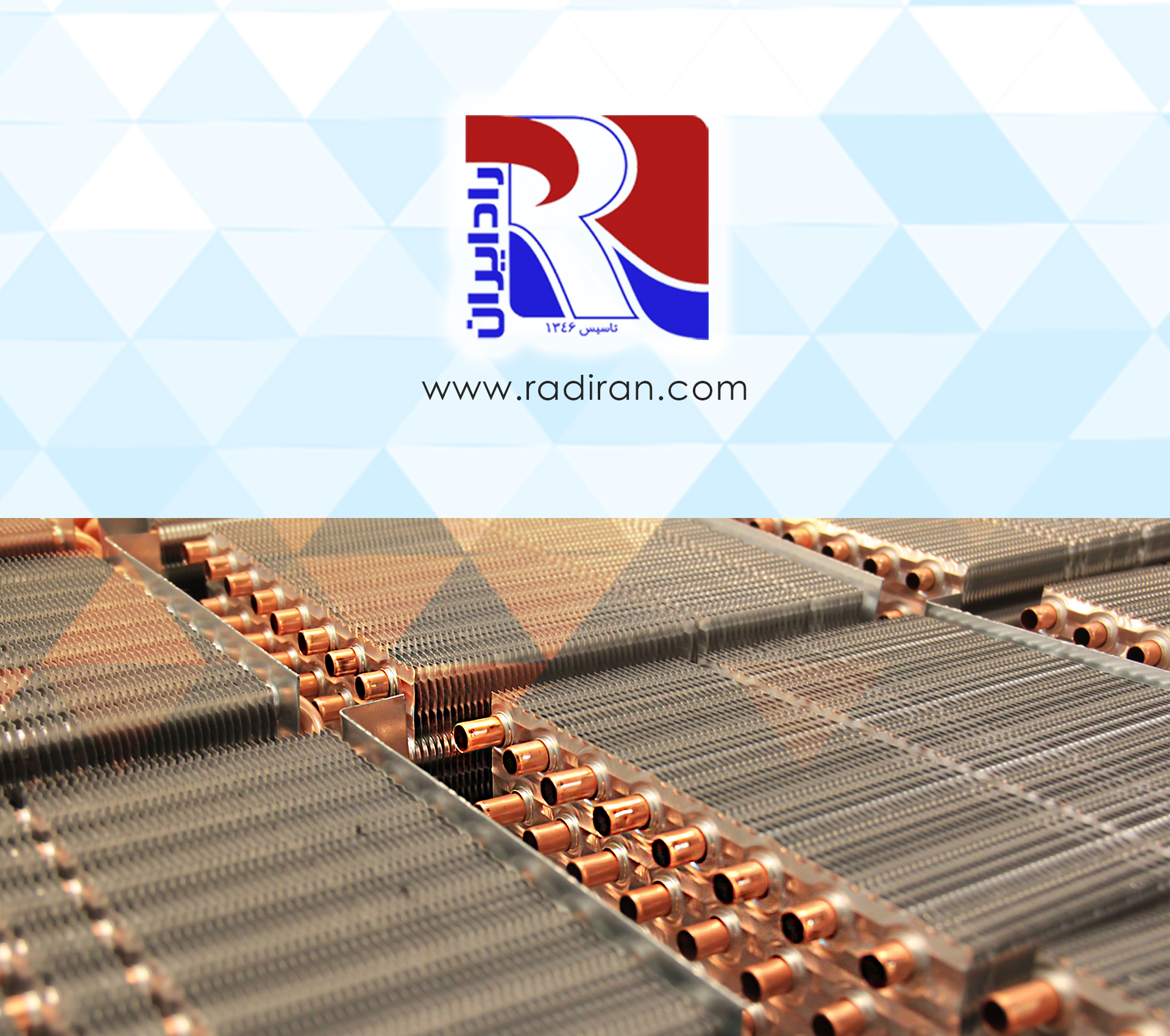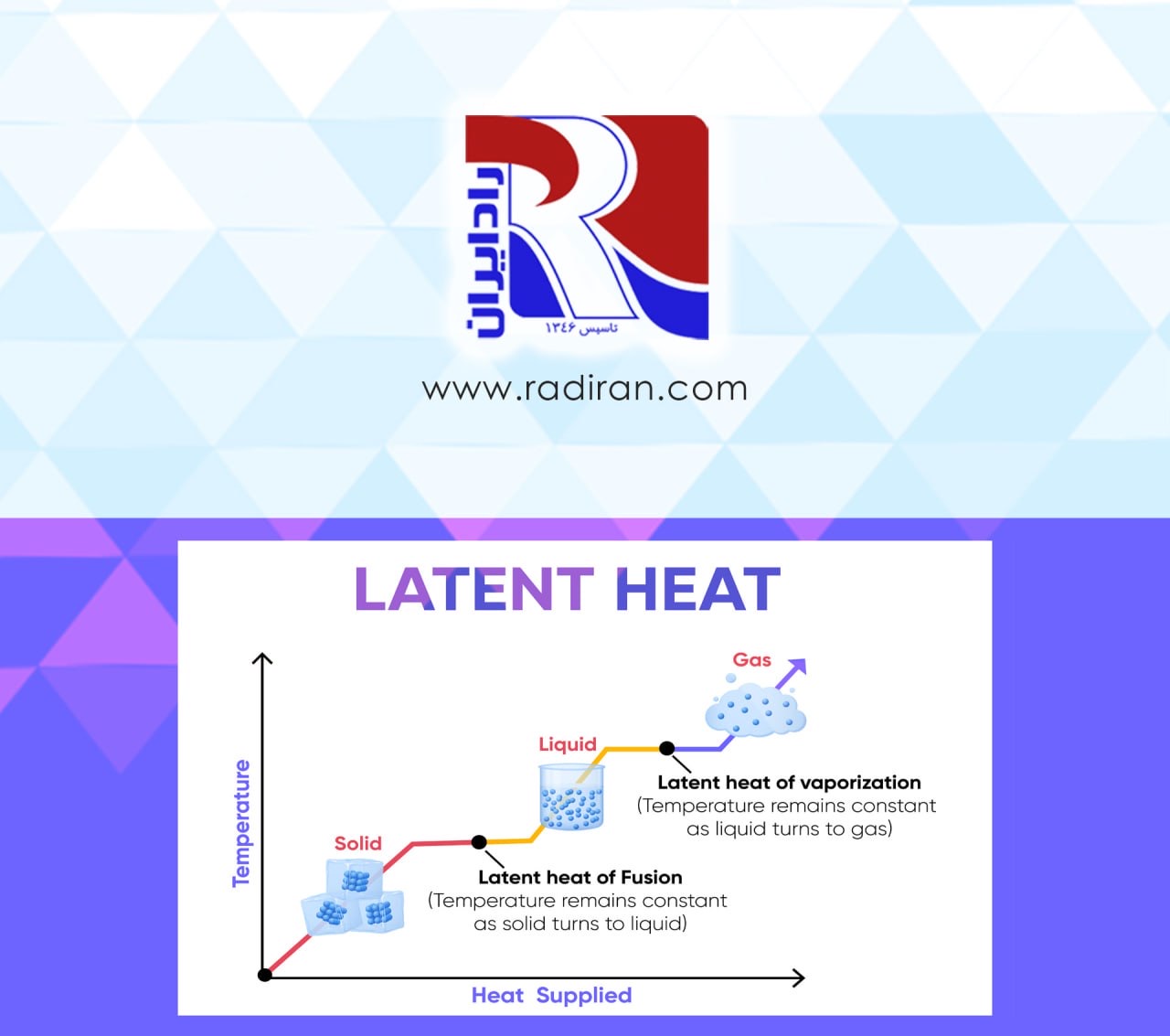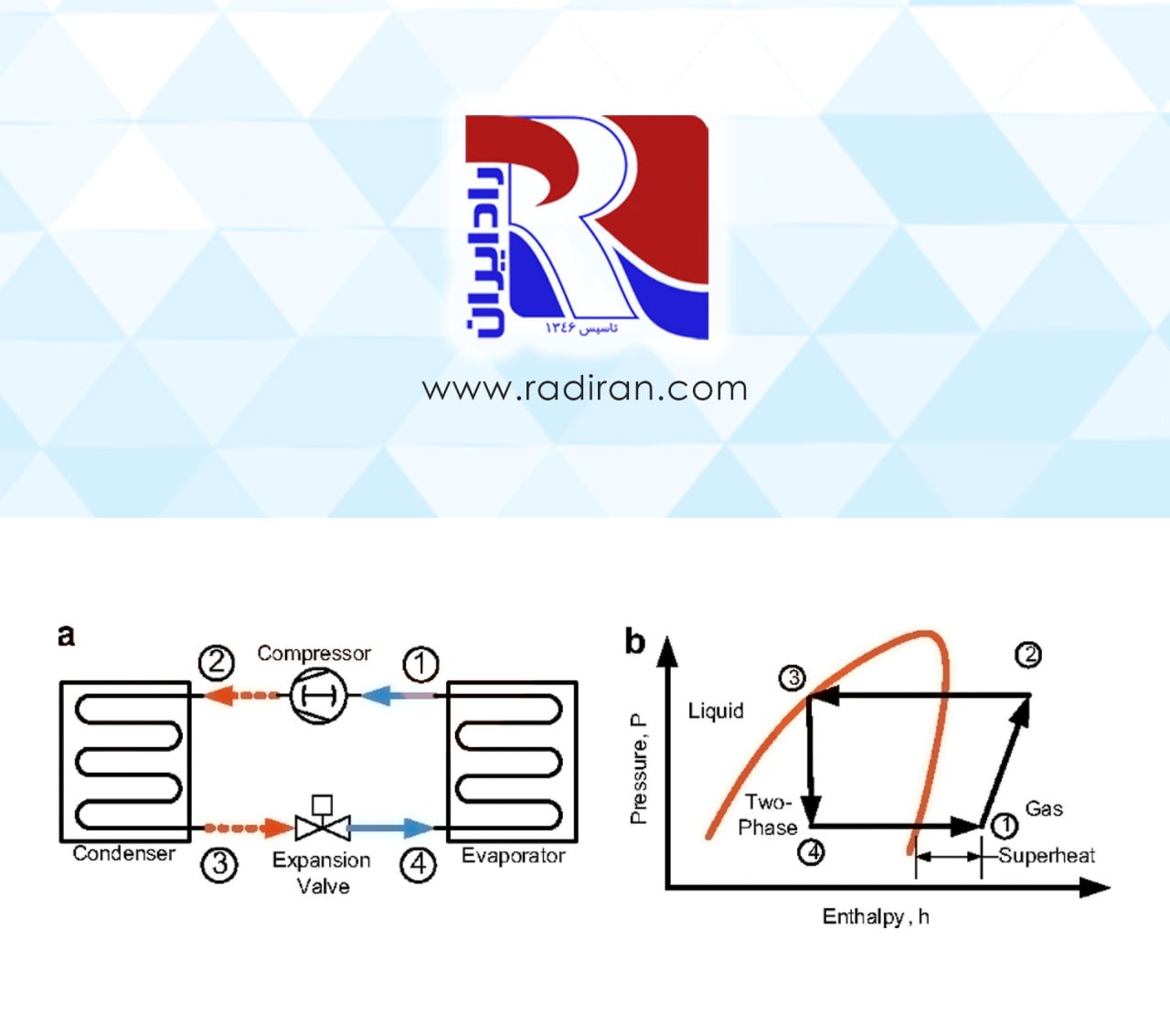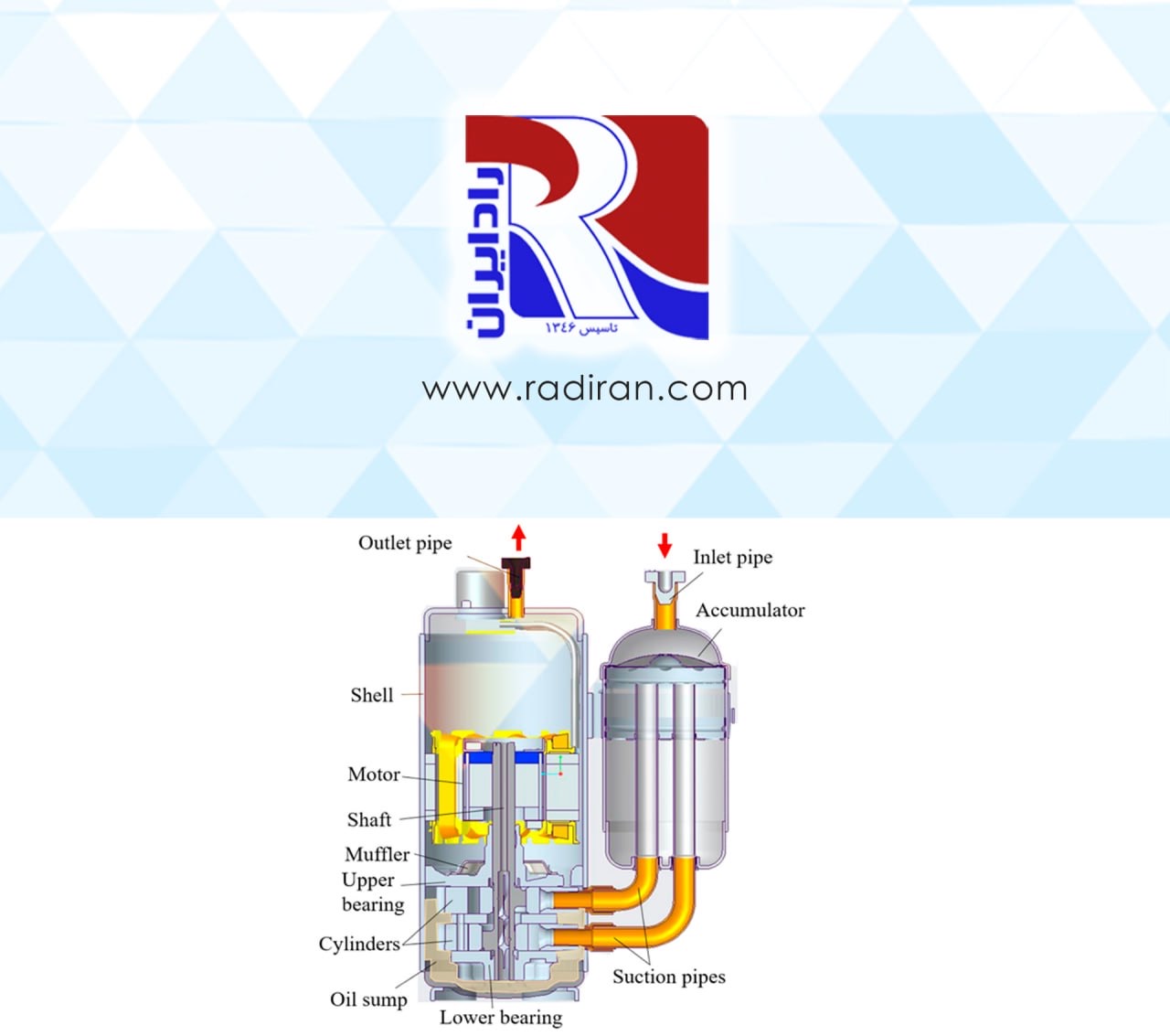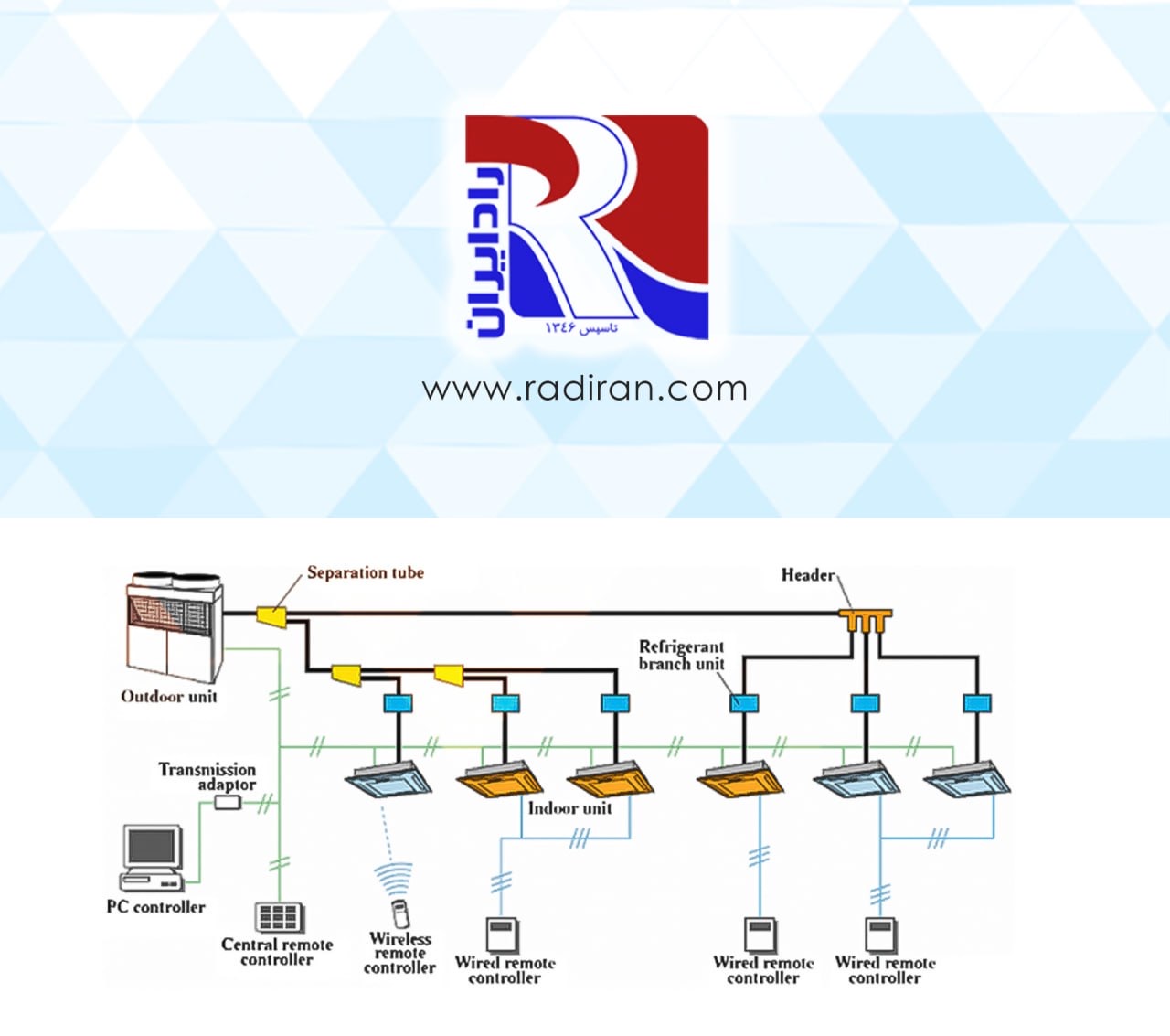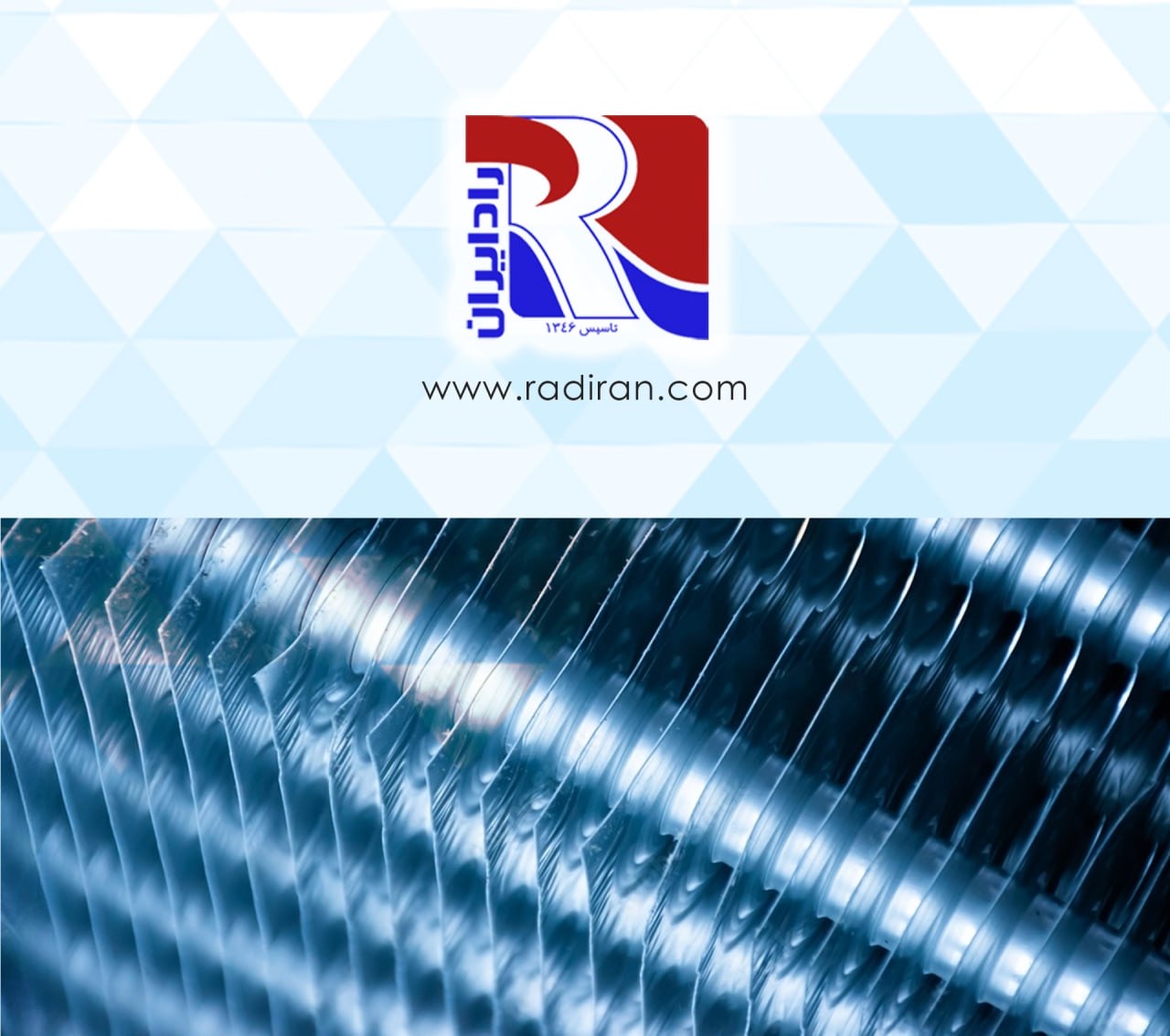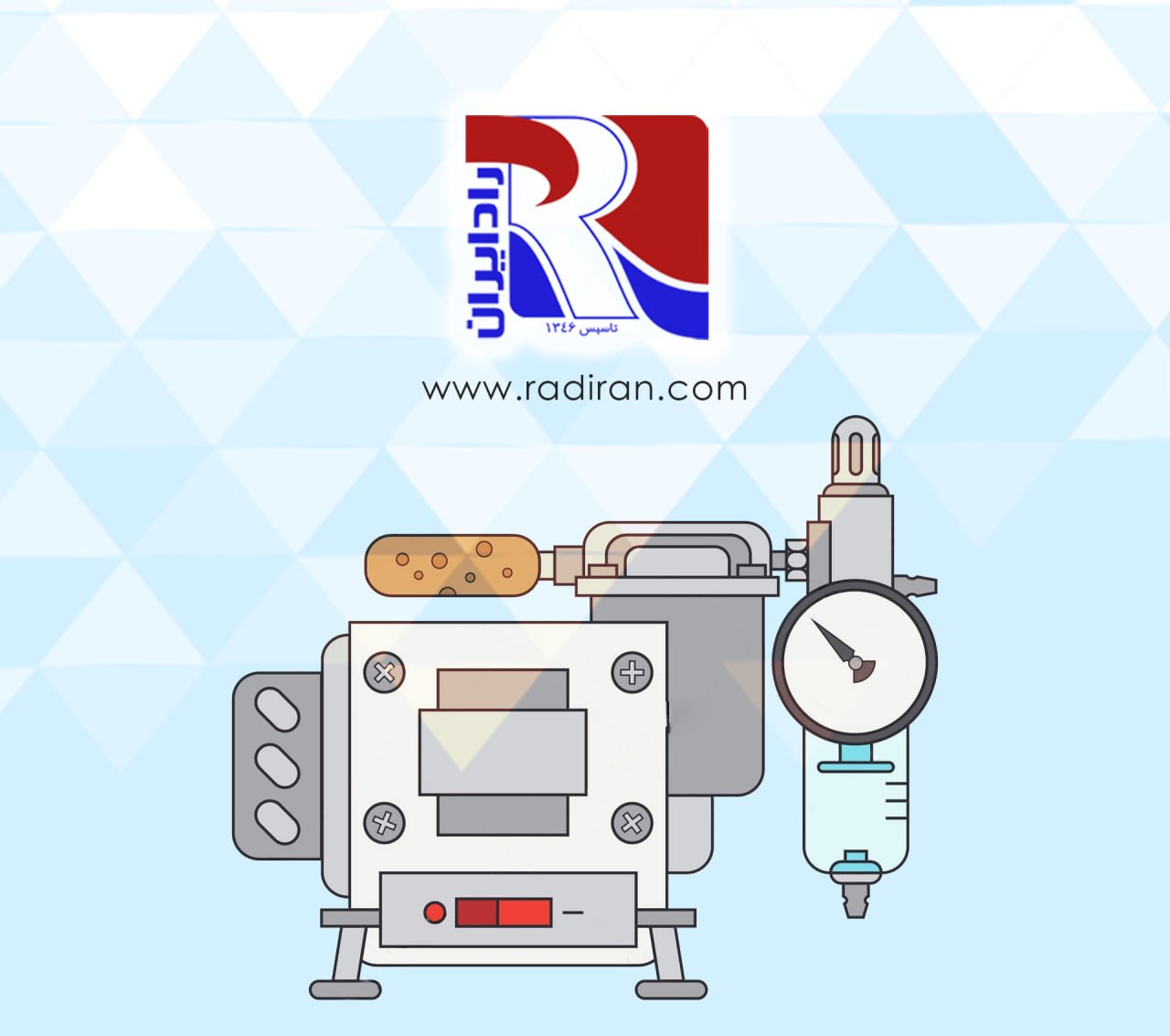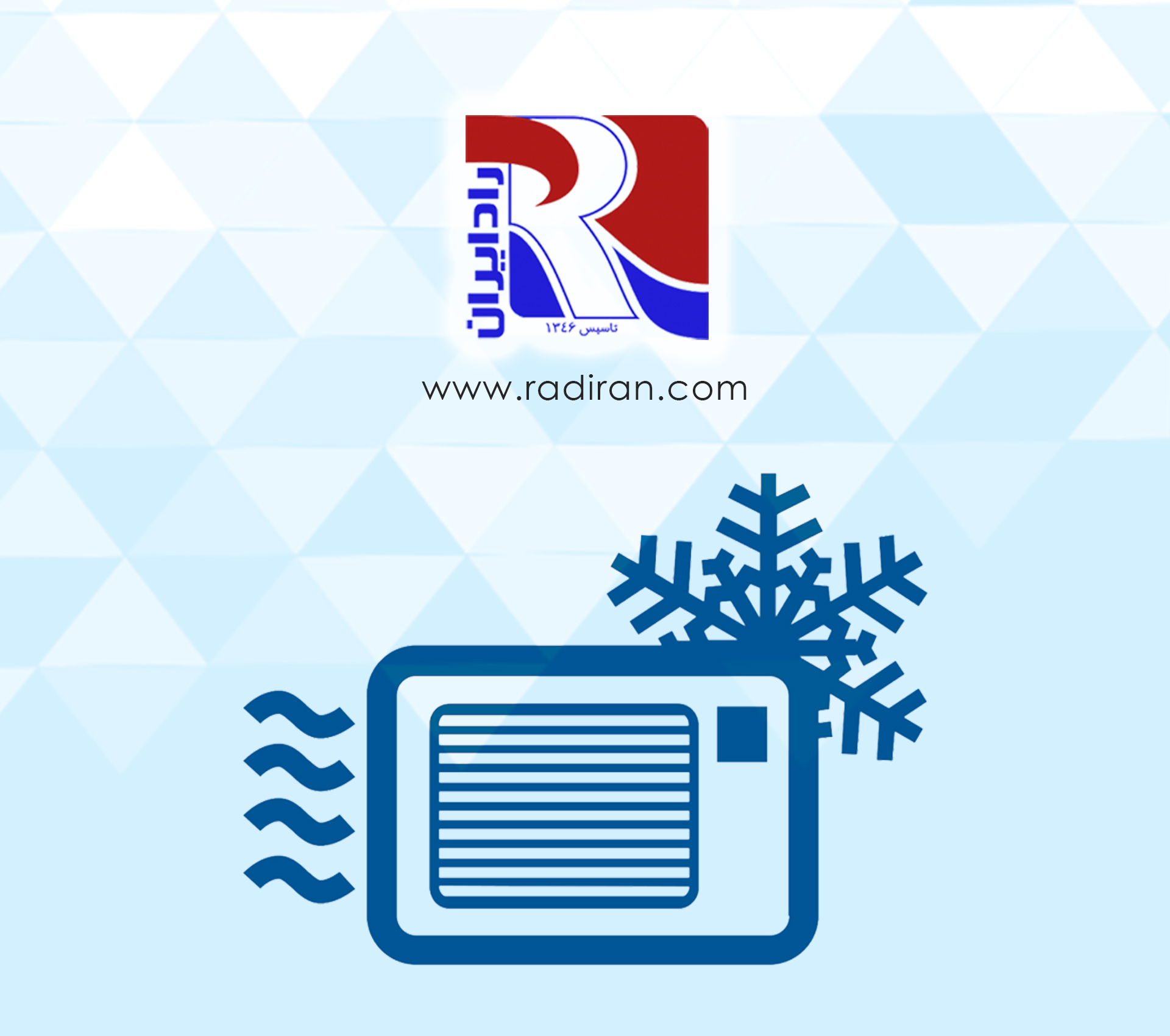About Coils
The finned coil is known as one of the most important components of refrigeration and heating systems. These coils are found both in the evaporator and in the condenser. Removing it effectively makes air conditioning equipment unavailable altogether. Here we want to present you with an amazing number that shows the importance of fins in air conditioning systems. The fins are responsible for 65-70% of the heat transfer on each coil. Coil tubes are responsible for the remaining 30 to...

